Did you know that by 2050 more than twice as many of our current population will be living in cities or urban areas?
An increasing population needs to be fed and the world needs to create more food. Rising costs of production on traditional farms due to such things as drought or flood and increased overheads has seen many farmers struggling to keep their farms tenable or simply walking away from their land. As a result many of our ‘staples’ are not the same quality as we’ve enjoyed in the past or have dramatically increased in price.
People are looking for a viable alternative, and urban agriculture is that alternative.
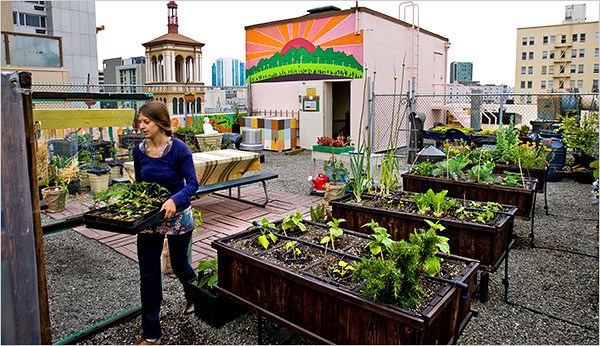
What is Urban Agriculture?
Urban agriculture is the practice of growing, harvesting, cultivating, processing and distributing food in towns and cities. The most significant difference between rural and urban agriculture is that urban agriculture is integrated into the urban economic and ecological system. Crops are produced using local labour and supplied to local consumers. Typical urban resources are utilised, such as organic waste for compost and waste water for irrigation.
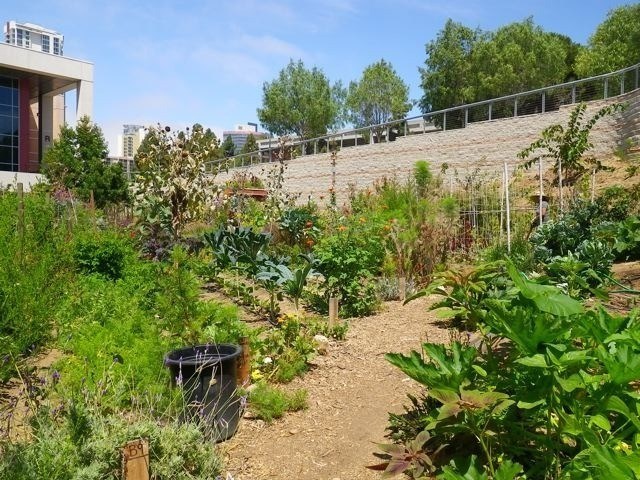 Why Urban Agriculture?
Why Urban Agriculture?
Urban agriculture is healthy and natural and because it is produced near the point of consumption it is a better, fresher alternative to crops that have been transported half way across the country before it gets to your table. Because more people are opting to live in cities and towns, urban agriculture is a more sustainable form of food supply for urbanites and there is much less transportation cost involved.
Food production is integral to Australia’s economic and social prosperity and important for improving both living conditions for people during climate change, and to maintain and develop businesses and employment.
How Can a Shipping Container Be Used?
Due to limited space in cities and urban areas and with increasing pollution, shipping containers are the ideal vessel to grow organic crops.
Shipping containers can be erected anywhere and cultivating crops within a controlled environment is not dependent on the climate.
Shipping containers can be fitted with tiers of growing platforms with the use of water (with added nutrients) rather than soil. Monitors for temperature, humidity, etc can be installed and can even be remotely controlled via your iPhone! Shipping containers can also be customised to meet your needs e.g. by adding a window or a door.
What is the Benefit of Using a Shipping Container?
By ‘stacking’ rows of hydroponic crops vertically, space is used more economically. Hydroponic crops use 90% less water than traditional farms so by using only water, rather than soil, you can triple the production of traditional plants.
Due to the enclosed, controlled environment of a shipping container it is not necessary to use pesticides and there is less need for fertiliser, therefore satisfying the trend towards healthier organic food options.
There is no need for natural lighting so not having any windows does not present a problem by using a shipping container. Instead of sunlight, LED lighting (red and blue only in some instances) is used – this changes the spectrum slightly over the course of the day to stimulate different growing phases in the plants.
Shipping containers can be sited close to the end users e.g. local restaurants and blocks of apartments, so crops can go from harvest to your plate in just a matter of hours.
Seeing is Believing!
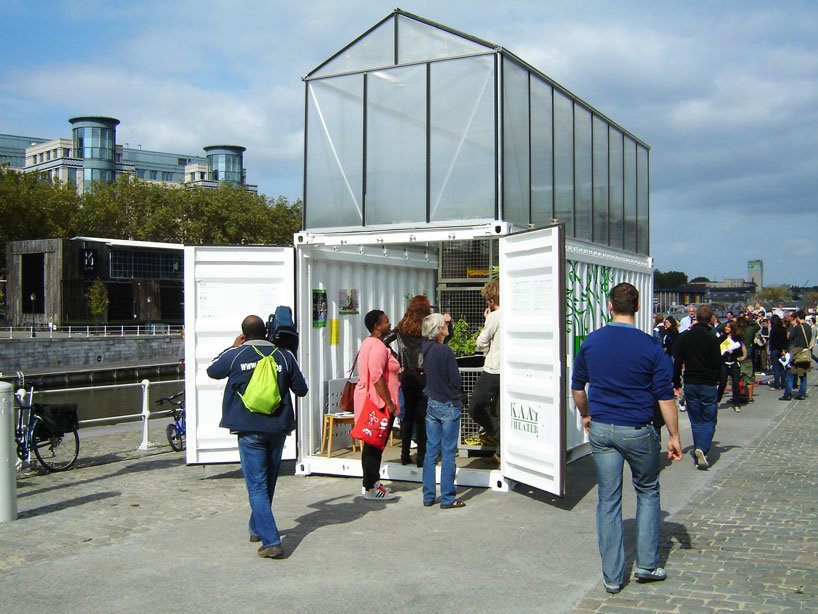
This Urban Farm Unit (UFU) was designed by Damien Chivialle and made by using as shipping container greenhouse at ground level and constructing a glasshouse on the top.
The unit can easily be moved to other locations if necessary to meet the needs of local residents.
Urban Farm Units utilising shipping containers are a way of re-thinking about the way food is produced and distributed … read more
Podponics is a US based company who have been converting shipping containers into hydroponic farms that can be located anywhere there’s a spare bit of land. They believe that by growing crops near the point of consumption it will create a more sustainable food source for the world’s expanding population.
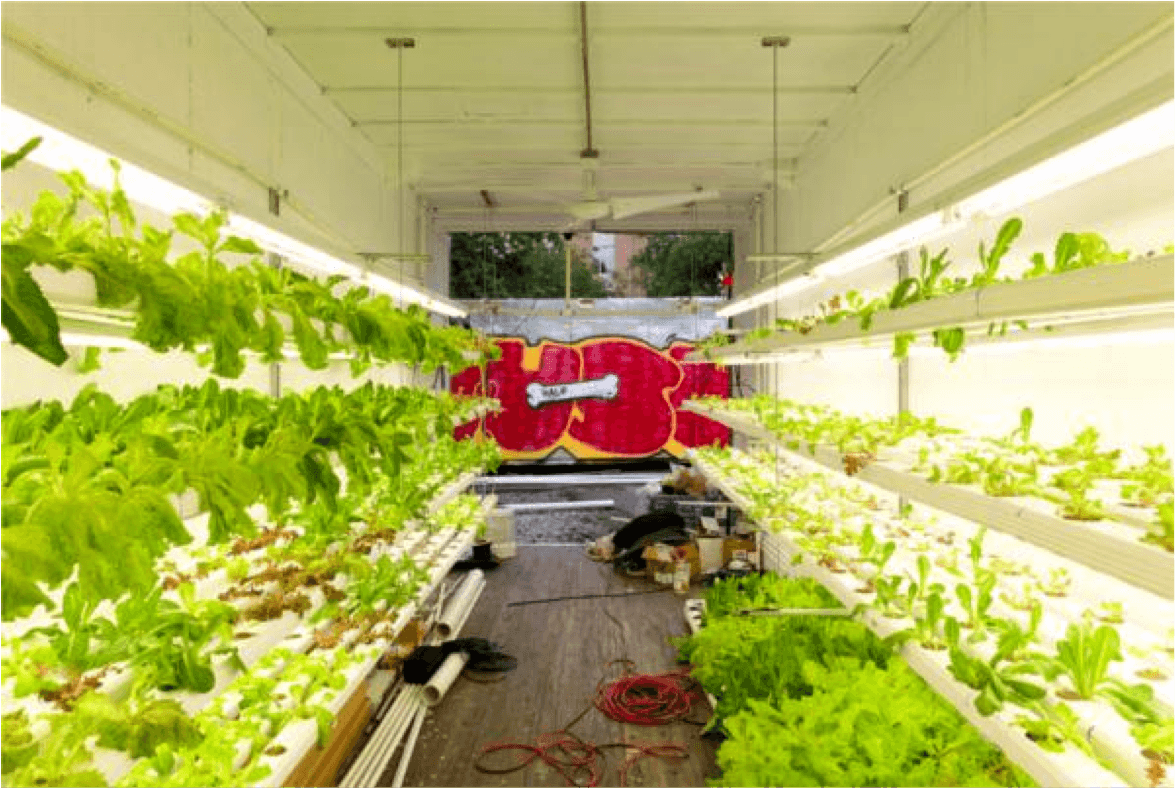 Currently, Podponics is mainly selling its produce to local restaurants – produced with no pesticides and recycled water … read more
Currently, Podponics is mainly selling its produce to local restaurants – produced with no pesticides and recycled water … read more
Looking to the Future
With the decrease in available land that is suitable for growing crops; the increase of urbanites; and the advances in technology, Urban Farm Units made from old shipping containers will certainly make an impact on urban agriculture into the future.
We’ll be seeing hydroponic farms created in old shipping containers wherever there is a vacant piece of land! Year-round locally grown food in an urban setting.
Teach Our Kids Healthier Eating Habits
What better place to teach kids about urban agriculture than in the school yard!
In August 2012 the government made a commitment to a healthy eating plan which is teaching healthy eating habits to primary school aged children all over Australia – the Stephanie Alexander Kitchen Garden National Program which received a further $5.4 million to the already $12.8 million committed in 2008-9.
An evaluation of the program in March 2013 showed the real difference it has made to students around Australia.
Schools which meet certain criteria for disadvantage can apply for grants of up to $10,000 to help with the establishment of garden infrastructure and to offset teacher training costs … So come on Principals – go out and buy a shipping container and create your own Urban Farm Unit and get your students on the right track to develop skills to enjoy healthy food choices.
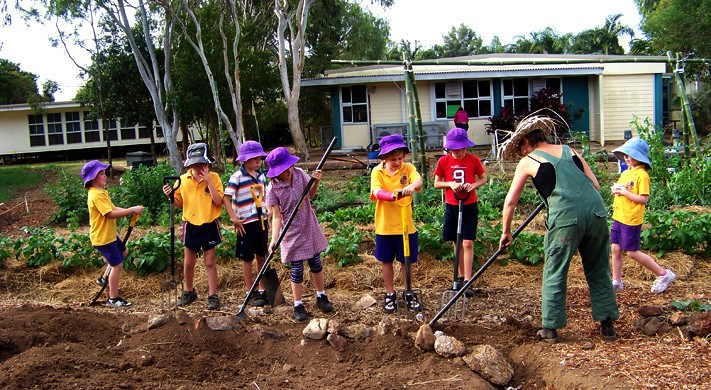
Where Do I Get a Shipping Container?
Premier Box have a fleet of containers for sale or hire ready for immediate delivery to the site you’ve found to create your own Urban Farm Unit. Premier Box offers the most cost effective and efficient shipping container solutions available. Contact them today on 07 3888 3011 or get an online quote.



